Open/download audioSilicon Valley parents speak up on how they raise their kids
Learn more about your ad choices. Visit megaphone.fm/adchoices
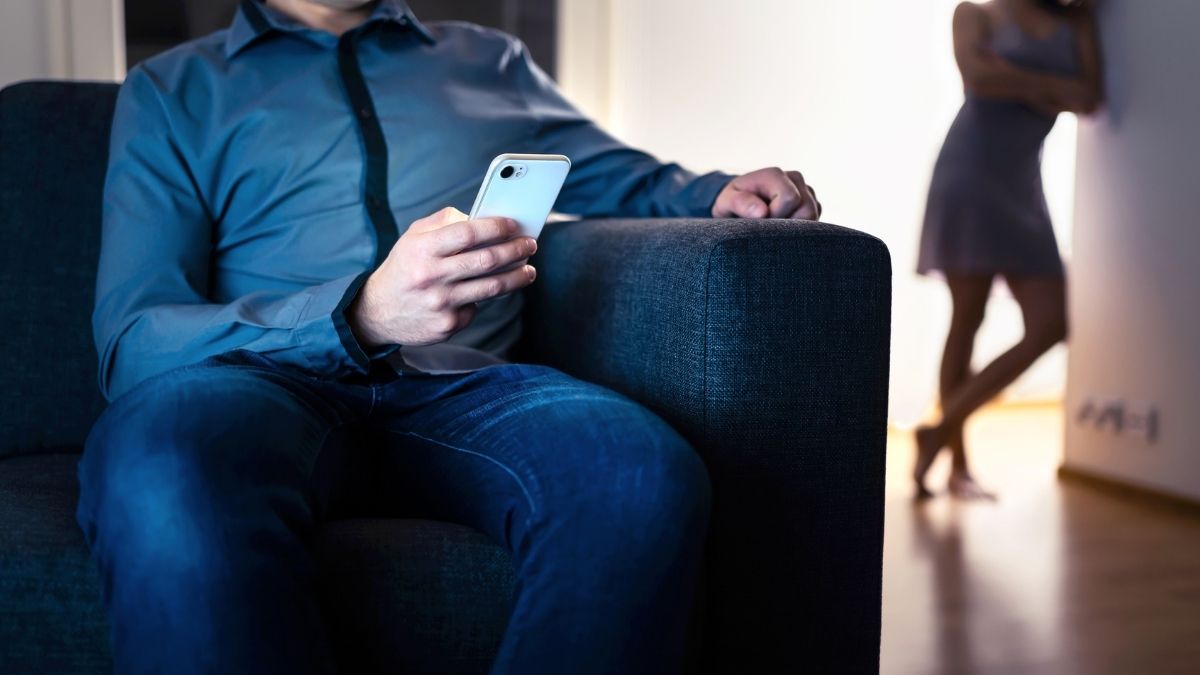
People underestimate intuition. If your gut tells you something is off, don’t ignore it.
Stalkerware is surprisingly easy to plant on someone’s phone, and trackers follow you online and offline. Tap or click for signs whether you’re being watched or just paranoid.
Tracking software is frightening. It’s designed to report exactly where you are and what you’re doing on your phone. Tap or click for signs tracking software on your phone and what you can do about it.
Before we get to the digital cheating crumbs, my best advice is to have an honest conversation with your partner. Couples therapy is an excellent place to dive into deeper issues. It’s also a good idea to consult with an attorney before you begin looking to make sure you do not violate any federal or state laws.
Is your spouse or partner always glued to their phone or computer? Maybe work is crazy right now or they’re busy chatting with someone.
Pay attention to the way they behave with their devices. Many people turn their phones away from others to protect their privacy, but most don’t hide their phones from their spouses. The same goes for shuffling browser tabs or switching off a tablet.
These subtle gestures can suggest your partner is doing something they don’t want you to see.
Notifications can give away cheaters, too. You don’t need to be up to no good to take control of your notifications, though. Tap or click for easy ways to end all the dinging and buzzing when you want a little peace.
In the movies, people aren’t very sneaky. In real life, people go to great lengths to hide their indiscretions. Unless your partner is daring, you will not see a chat app on their home screen or steamy messages in their text message folder.
There are plenty of apps for sharing messages, photos, videos and more that aren’t what they appear. Calculator Pro+ is one example. It looks like a calculator but saves texts and call logs of secret contacts.

If one of your New Year’s resolutions is to take charge of your health, there are a few ways to kick-start your journey. One of them is organizing your health records with this built-in smartphone feature.
However, your health shouldn’t just be your physical well-being. It should also extend to your digital life. It’s easy to assume those two are separate, but plenty of studies correlate digital lifestyle with physical and mental wellness.
Open/download audioSilicon Valley parents speak up on how they raise their kids
Learn more about your ad choices. Visit megaphone.fm/adchoices

When you think of smart homes, what comes to mind? Thermostats, speakers, doorbells, lighting and TVs are common smart devices that make your life easier, but some can also make it safer.
A smart home surveillance system can deter criminals and help police catch them in the act if they attempt a break-in. You can monitor your home, belongings and pets while away. While there are many benefits, smart home devices are vulnerable to hackers. Tap or click here for tips on locking down your smart home cameras.
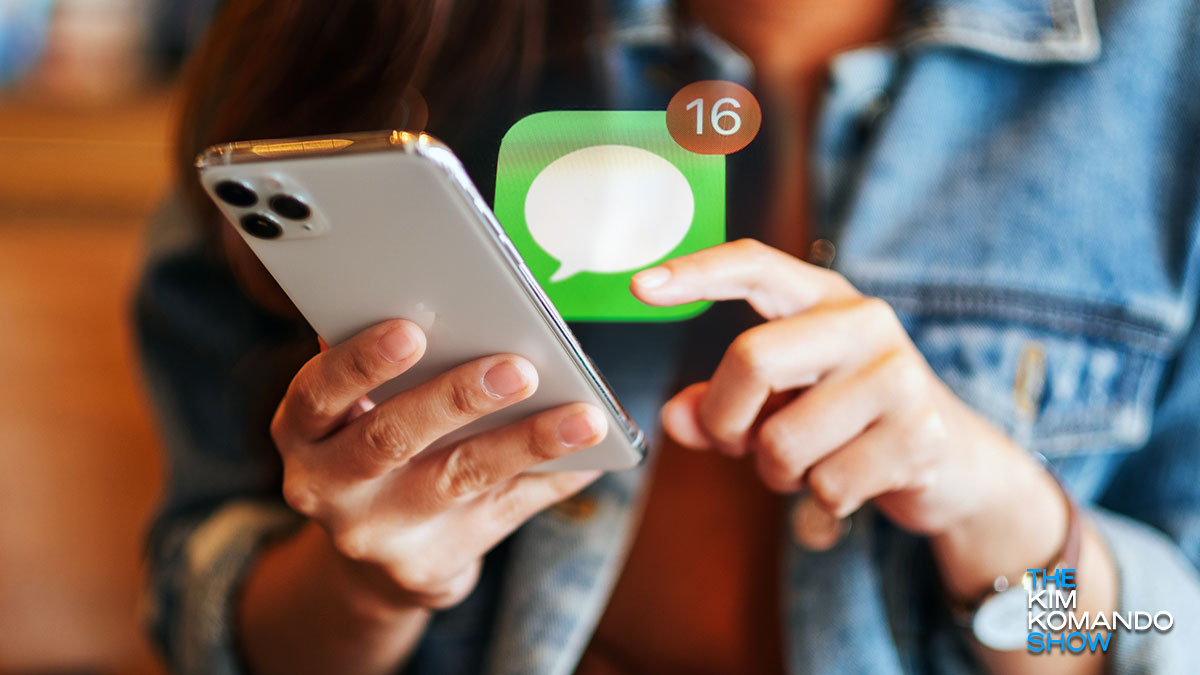
Our phones — filled with emails to check, social media to scroll, and apps to open — are designed to keep us glued to them. It’s easy to get sucked in and find it difficult to put the phone down. The app and web developers specifically designed it that way.

Have you been following up on your New Year’s resolutions? It’s not too late, even if you didn’t make any resolutions, to begin with. The point is to find something and stick to it.
It’s not all about losing weight or picking up a new hobby. You can start the year right by getting your tech products in order. From deleting and donating your old devices to reducing distractions, our tech resolutions are easy to follow. Tap or click here to check them out.

There is an old saying that if you want to know how something works, give it to a child, and they’ll figure it out. Sometimes, something odd happens with technology, like when Alexa told a child to put a penny on exposed electrical prongs.
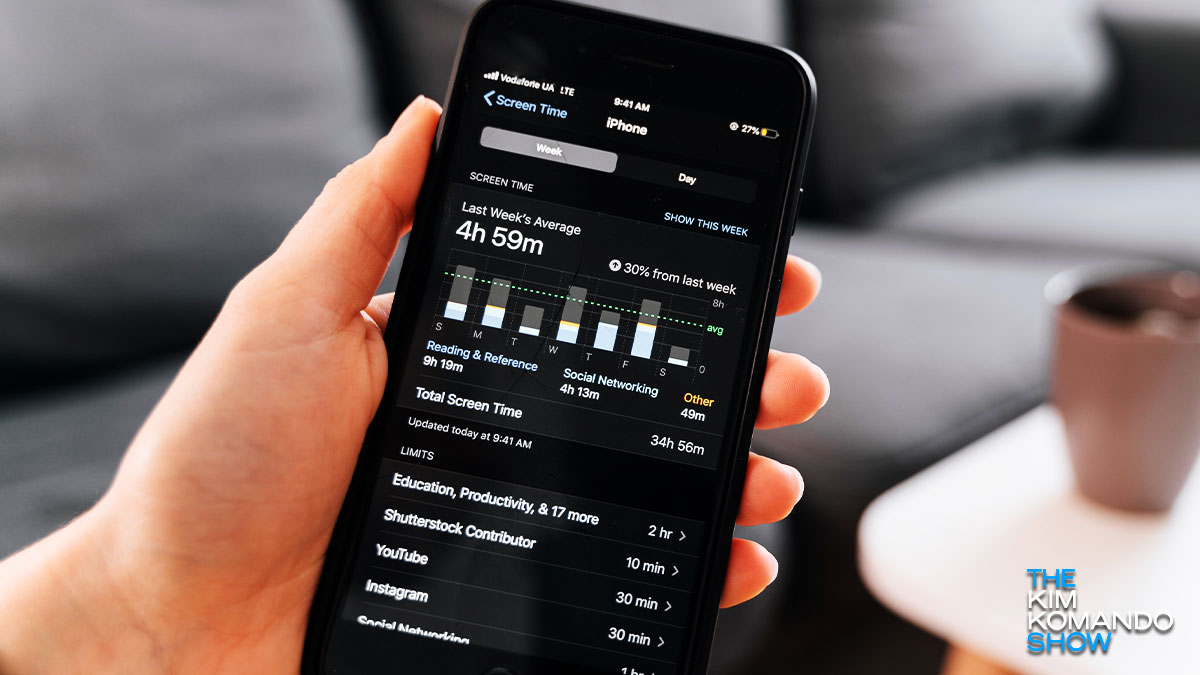
Ever have that feeling someone knows a little too much? It happens you get an ad for something you mentioned in passing to a friend. “How,” you might wonder, “did Google know I wanted to take a trip to Montana?”

A video uploaded to TikTok has caused a bit of a debate about whether technology can or should be used in the classroom. More specifically, the problem is with a new feature included in iPhone’s latest operating system update.

A couple of months into the COVID-19 lockdown and you’ve probably got binge-watching down to a science. You’ve calculated your watch time and memorized when all your favorites air and when new content is coming out.

Non-essential businesses are closed and in-person gatherings are discouraged. It’s no wonder people are spending more time on social media than ever. But is it doing more harm than good?
Studies by the NIH have found a correlation between social media use and anxiety, which can pose even more of a problem as users spend more time on those platforms than ever before thanks to the COVID-19 pandemic. Tap or click here to see how your social media posts can diagnose your mental state.
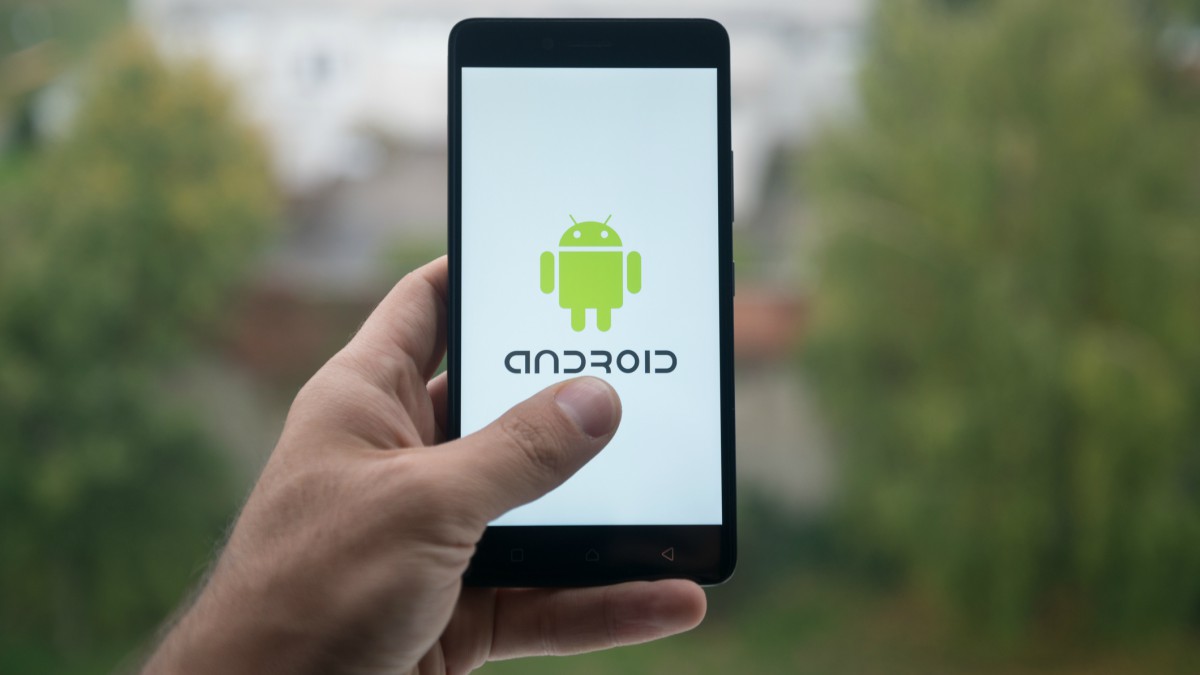
Have you noticed how expensive new smartphones can be? If you love the latest and greatest, you can pay about $1,000 for your next Android phone. Buy a new one for every family member and you’re looking at a bill of about $4,000. Yikes!

If you spend any amount of time online, you know there are dangers lurking around every corner. The number of threats facing us is overwhelming and can be difficult to fend off.
Now imagine trying to navigate the internet as a child. On top of the typical security threats facing adults, kids have to worry about running into bullies, trolls and some nasty people wanting to cause them harm.

It’s one thing to purchase a cheap phone riddled with glitches and errors, but it’s another to purchase an expensive device riddled with glitches and errors from a company that prides itself on impeccable product design. But hey, that’s Apple for you.
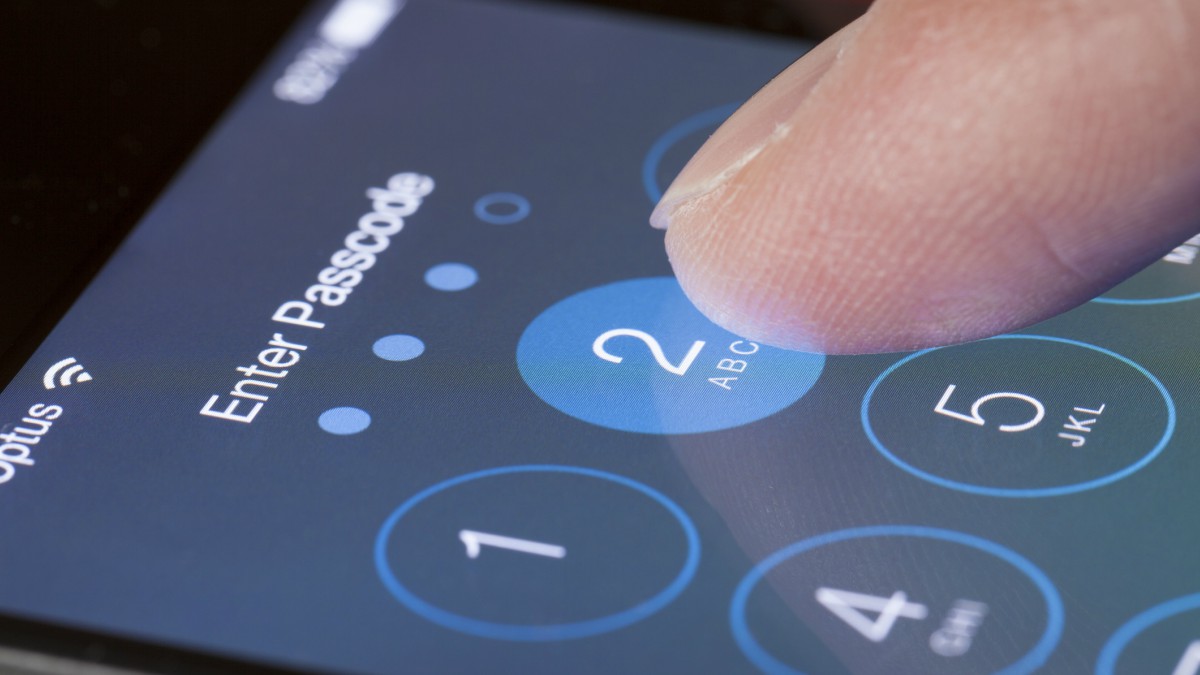
Apple offers a number of ways for you to lock your iPhone and iPad from strangers and nosy loved ones. You can set a passcode, use Touch ID to unlock things with your fingerprint and on later phone models, you can use Face ID, too.

Modern kids grew up alongside technology, so they often take it for granted. They may not understand digital dangers like scammers, hackers and child predators. That’s why I created this technology contract for kids.

Kids are being introduced to technology at much younger ages these days. Over half of all children between the ages of 8 and 12 already have their own cellphone. Almost 40 percent of children younger than 2 years old have used a mobile device for entertainment.

If you have ever looked at your iPhone or iPad and thought you just have way too many apps on there, then you have experienced what’s called “digital clutter.” It can seem like we can never decide that the random app we downloaded is unnecessary and so they just build and build. Here are the apps I suggest deleting so you can ease that clutter burden.